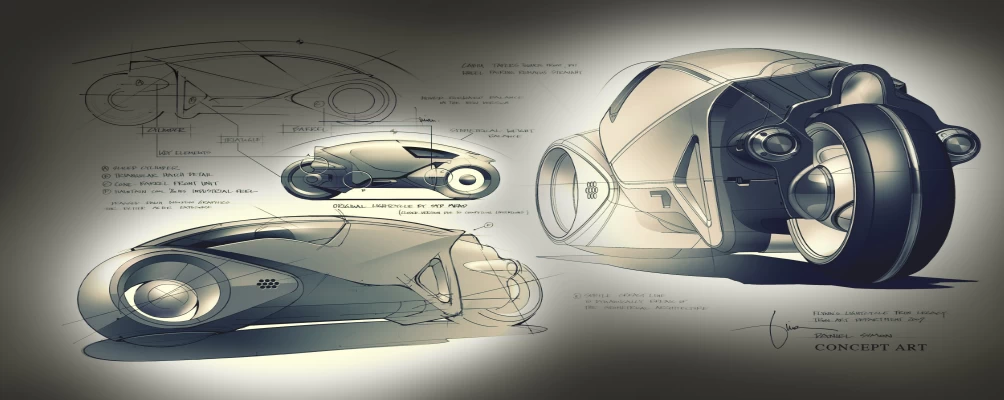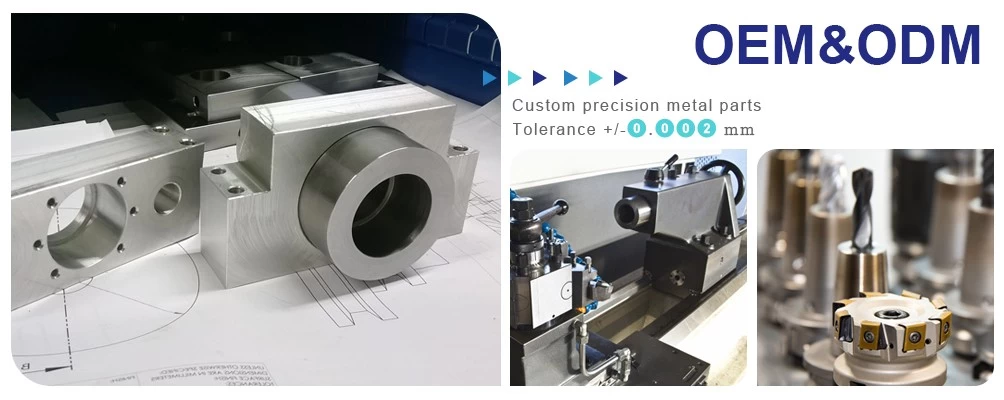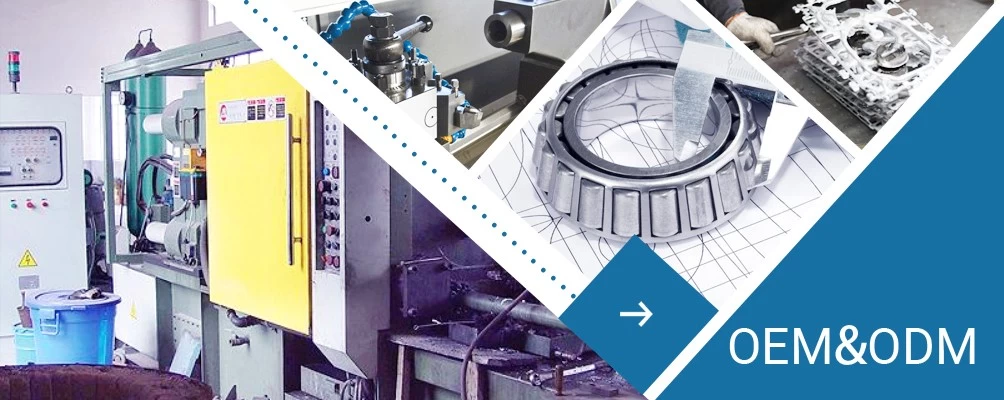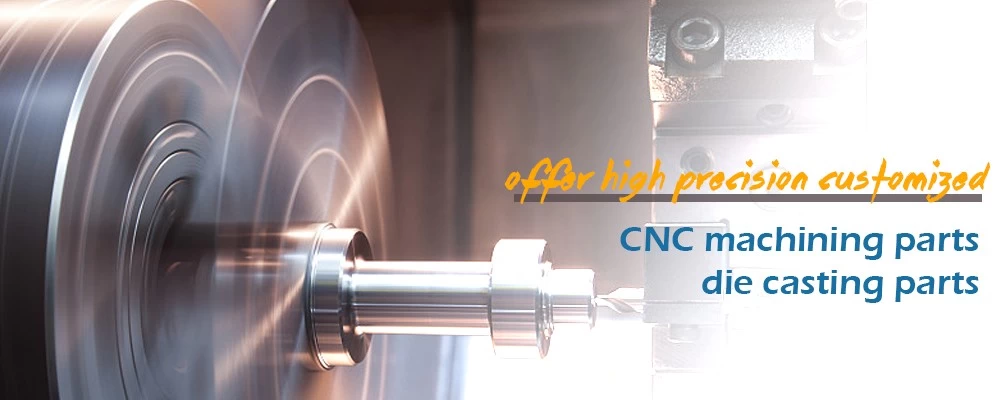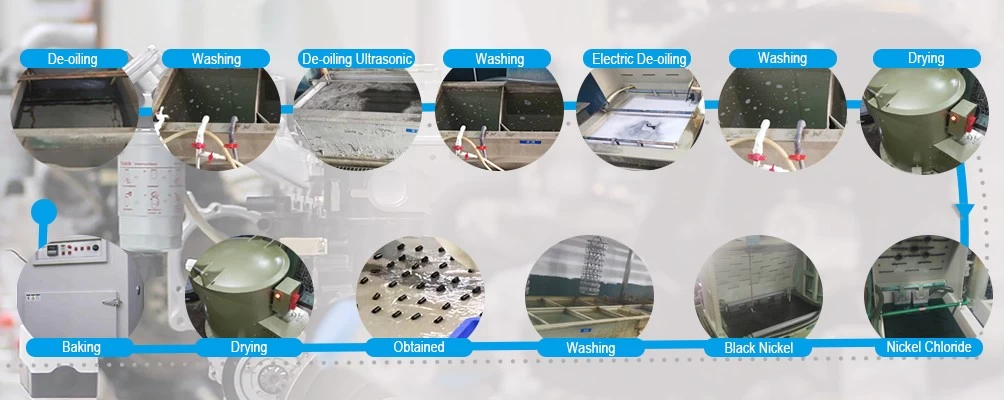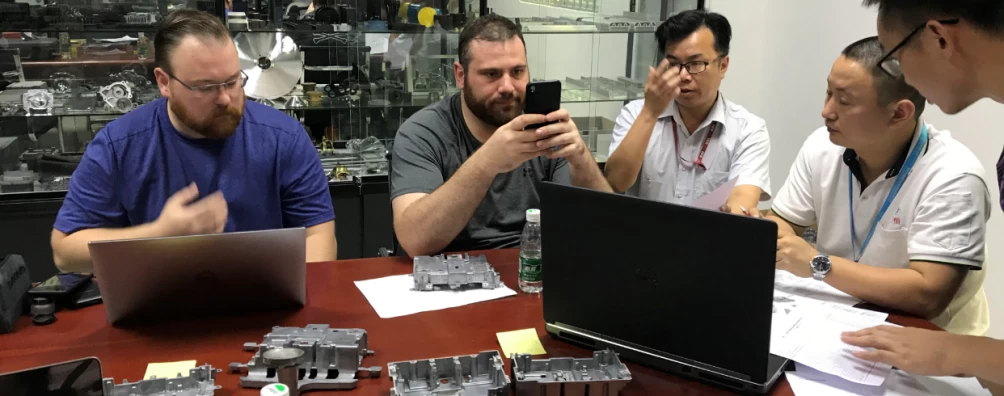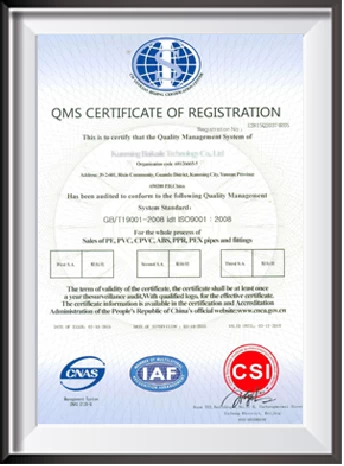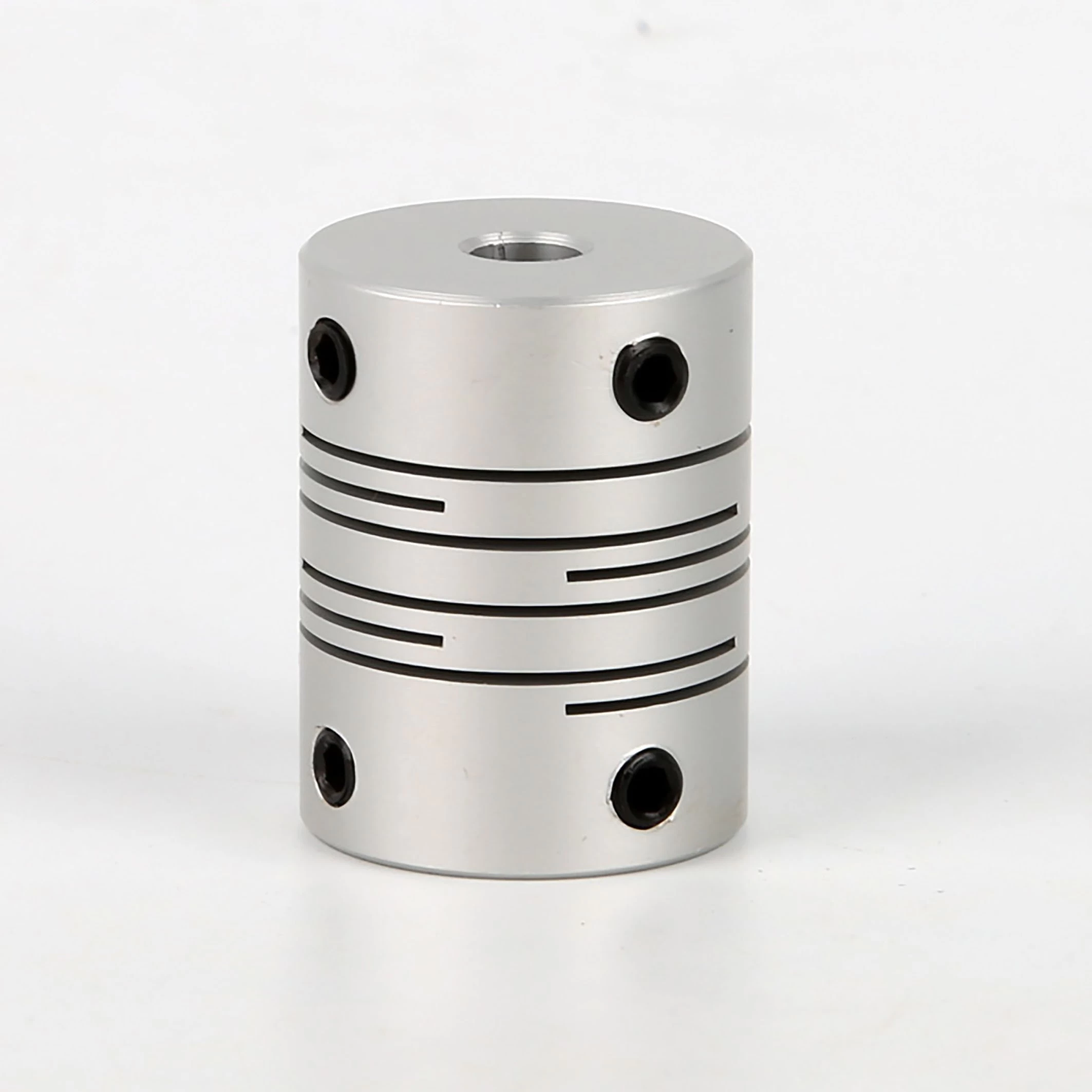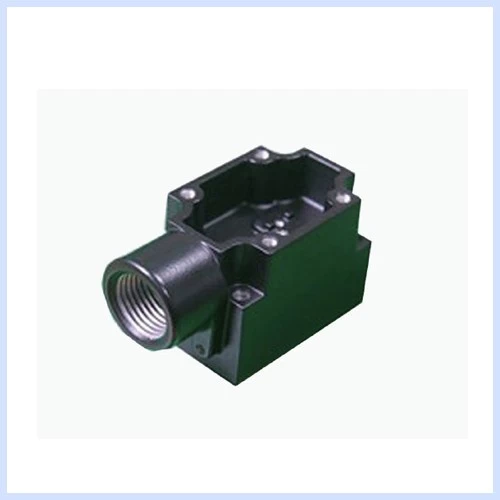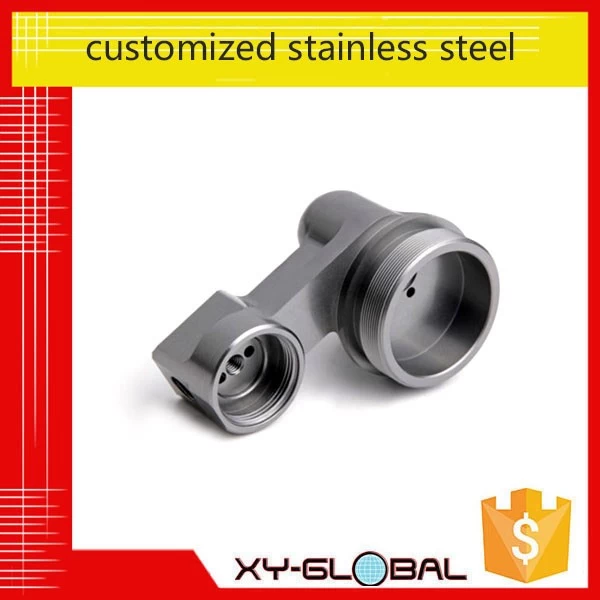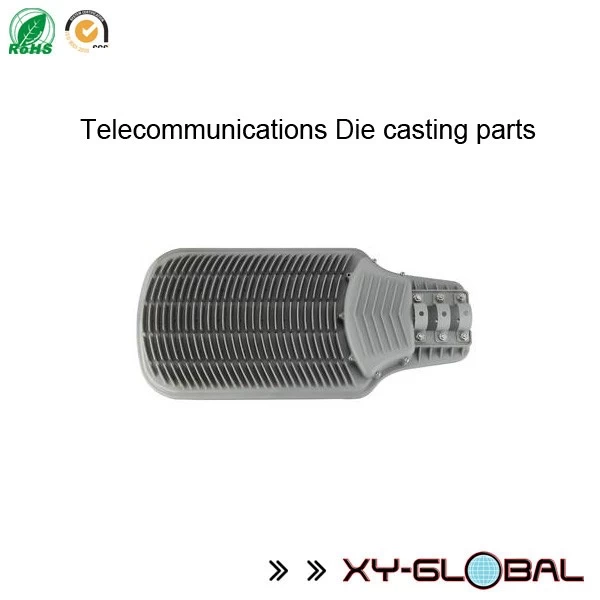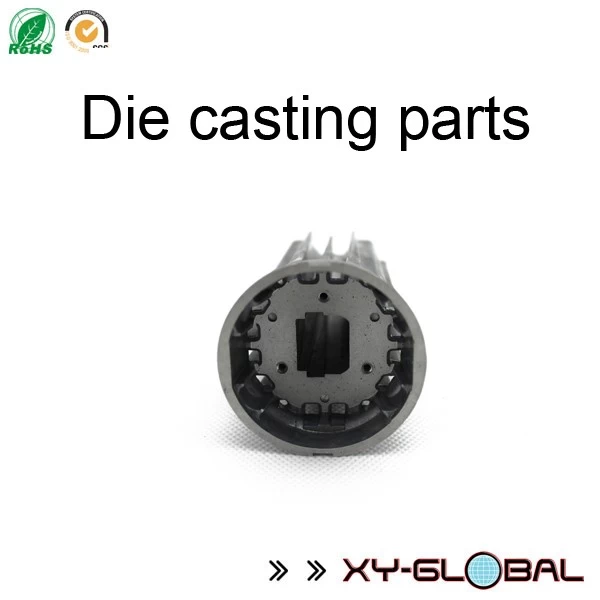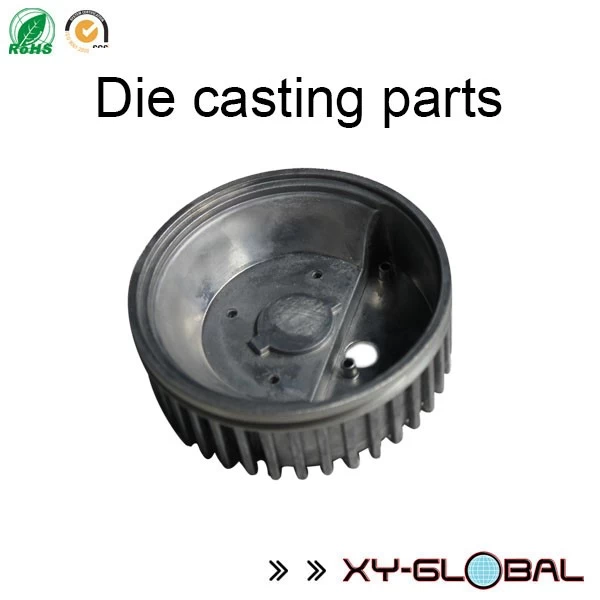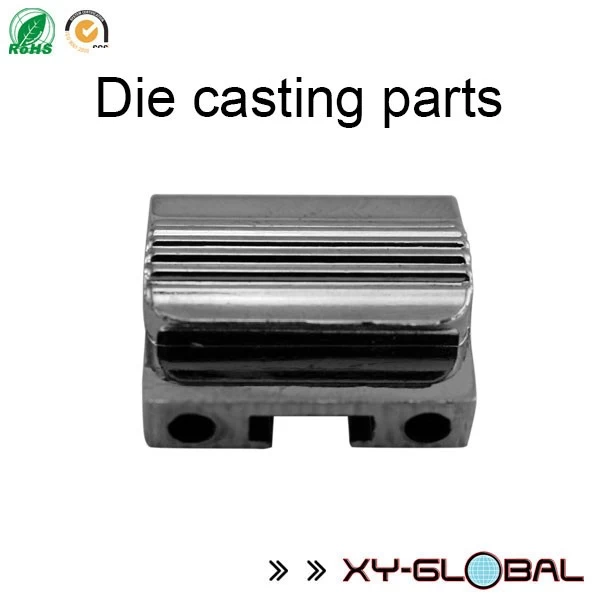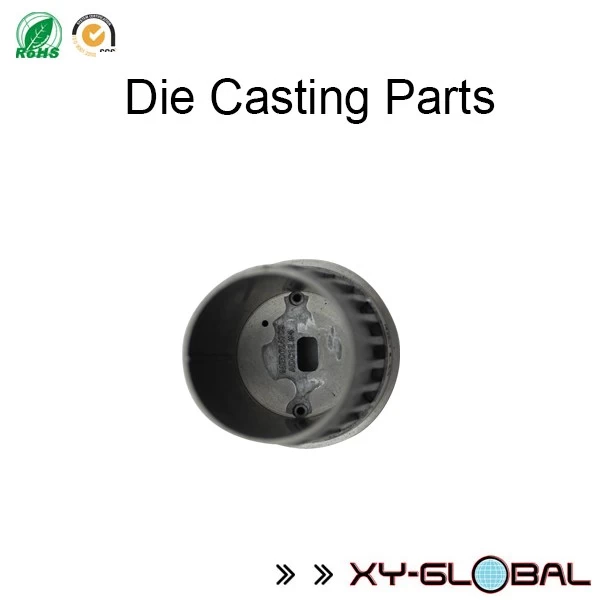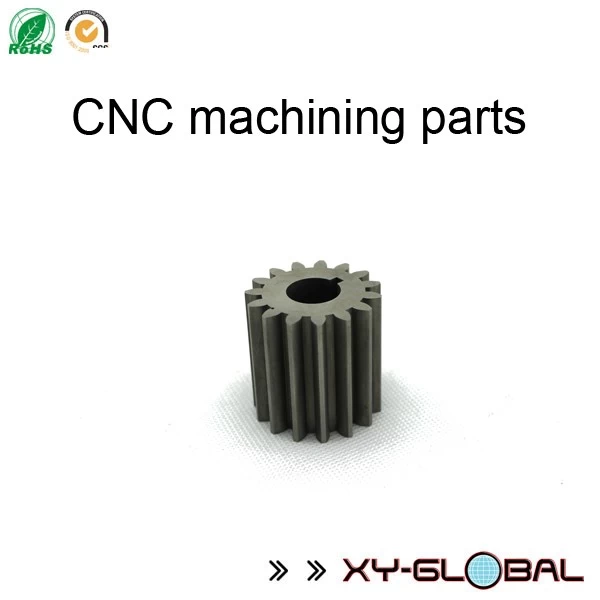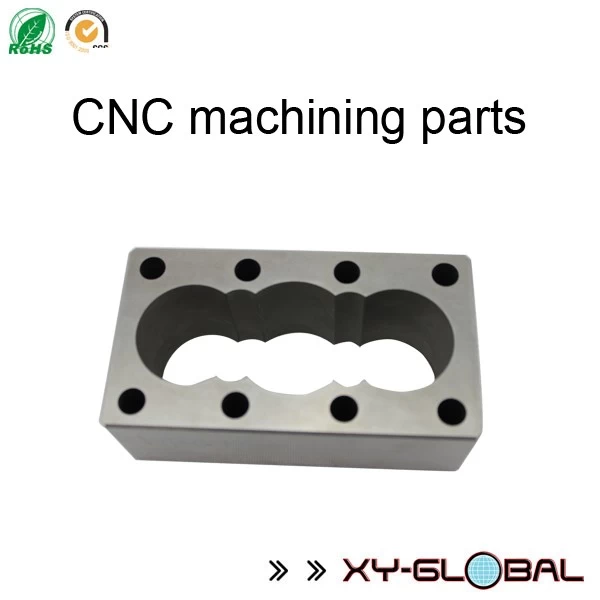How to reduce the defects of plastic mould processing
liuweiqiong
liuweiqiong
2017-08-23 11:48:27
How to reduce the defects of plastic mold processing: quenching after heat treatment stress is reduced to a minimum, because the quenching effects of stress, net carbide grinding force in organization, organization transformation is very easy to crack the workpiece. Reasonable use of cooling lubricants, play cooling, washing, lubrication three major role, to maintain cooling, lubrication, cleaning, so as to control the grinding heat in the allowable range, to prevent thermal deformation of the workpiece.
Concrete operation:

1, improve the cooling conditions of grinding, such as grinding wheel or by immersion in cooling wheel etc.. The cutting fluid is introduced into the center of the grinding wheel, and the cutting fluid can enter the grinding zone directly, and play an effective cooling action to prevent the surface of the workpiece from burning.
2, in order to eliminate the residual stress of grinding, the high precision die should be treated with low temperature aging after grinding so as to improve the toughness.
3, eliminate grinding stress, mold can be immersed in 260~315 DEG salt bath 1.5min, and then in 30 degrees of oil cooling, so that hardness can be reduced by 1HRC, residual stress reduced by 40% ~ 65%.

4. For the precision grinding of the precise mold within 0.01mm, attention should be paid to the influence of ambient temperature. Constant temperature grinding is required.
5, electrolytic grinding is adopted to improve the manufacturing accuracy and surface quality of the die. In the electrolytic grinding, the grinding wheel scraped the oxide film: instead of grinding the metal, the general surface roughness was better than Ra0.16 mu m.
Concrete operation:

1, improve the cooling conditions of grinding, such as grinding wheel or by immersion in cooling wheel etc.. The cutting fluid is introduced into the center of the grinding wheel, and the cutting fluid can enter the grinding zone directly, and play an effective cooling action to prevent the surface of the workpiece from burning.
2, in order to eliminate the residual stress of grinding, the high precision die should be treated with low temperature aging after grinding so as to improve the toughness.
3, eliminate grinding stress, mold can be immersed in 260~315 DEG salt bath 1.5min, and then in 30 degrees of oil cooling, so that hardness can be reduced by 1HRC, residual stress reduced by 40% ~ 65%.

4. For the precision grinding of the precise mold within 0.01mm, attention should be paid to the influence of ambient temperature. Constant temperature grinding is required.
5, electrolytic grinding is adopted to improve the manufacturing accuracy and surface quality of the die. In the electrolytic grinding, the grinding wheel scraped the oxide film: instead of grinding the metal, the general surface roughness was better than Ra0.16 mu m.

